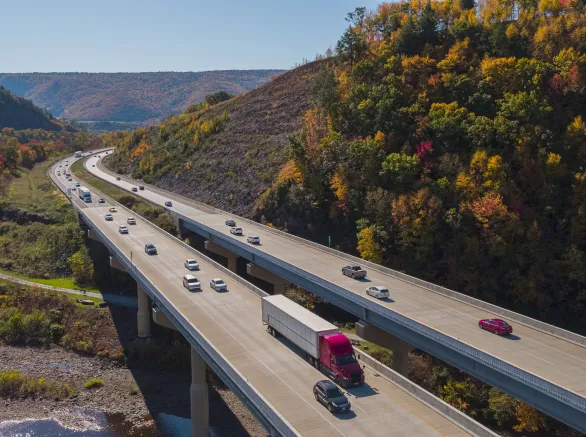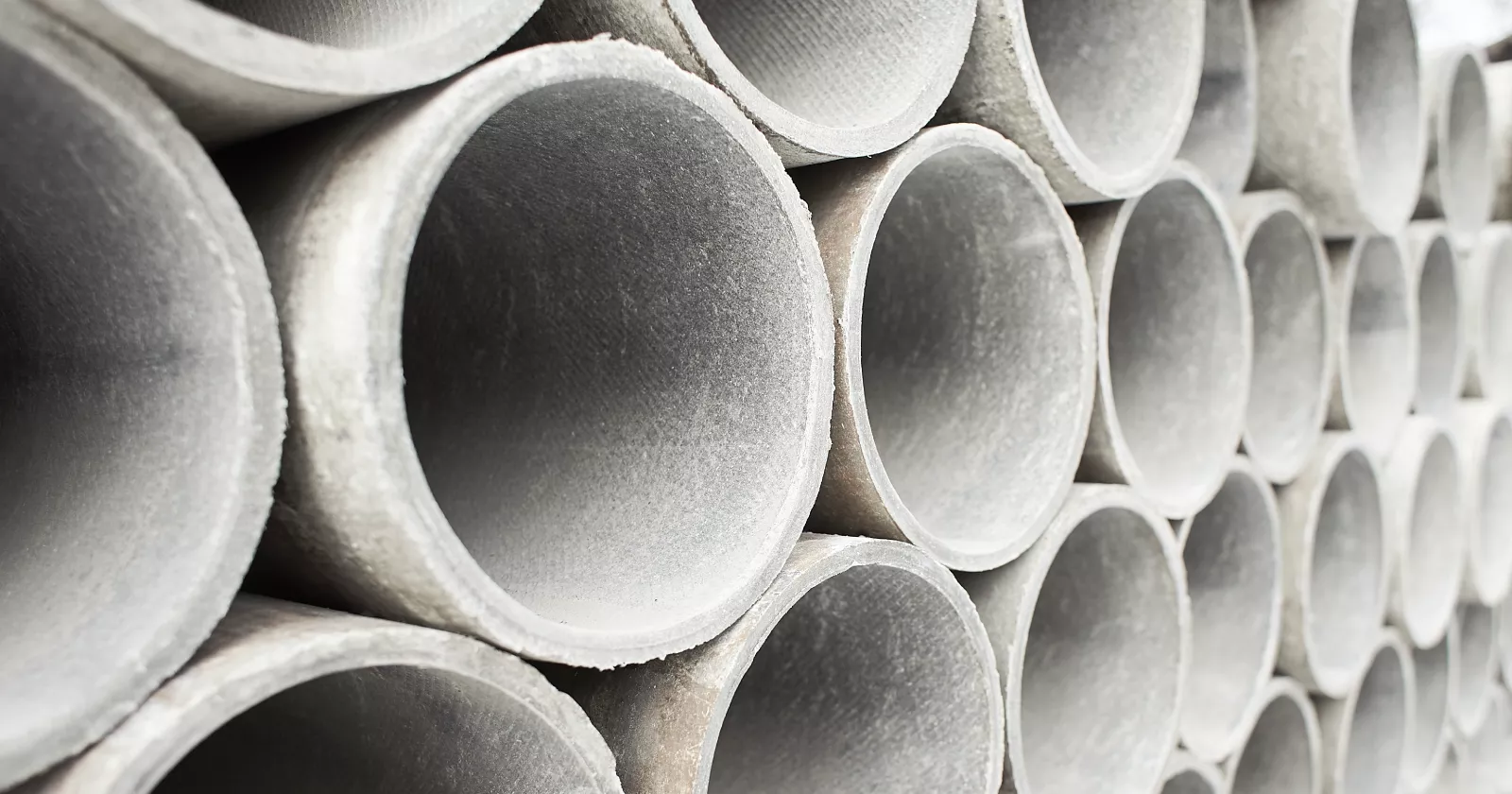Assess and address asbestos-cement pipe challenges.
Thousands of miles of asbestos-cement pipes installed in U.S. water distribution systems may be nearing the end of their useful service lives depending on their condition and working environment. Exponent addresses failure risks, including pipe corrosion and aging, by conducting asbestos-cement pipe condition assessments to determine remaining life and develop replacement plans for distribution systems.
Exponent's assessments of water distribution systems begin with collecting system data and performing system-wide sampling, condition assessment, and laboratory testing. This includes noting prevalent asbestos-cement pipe failure mechanisms, analyzing historical pipe leak records by geographic location in the distribution system, and identifying factors affecting pipe failure propensity. Laboratory testing involves residual strength testing, extent of degradation evaluation, and assessing O-ring condition (i.e., hardness testing).
Our engineers continue the procedure by developing a service life prediction model, which can be based on historical leak rates or pipe degradation rates. Finally, we develop a master replacement plan based on the system-wide remaining service life prediction model. This incorporates hydraulic, operational, and financial considerations; critical customers; seismic risk; optimal feasible replacement length; and other factors.
services
We thrive on solving unstructured problems that require bespoke solutions. Some of our services include:
• Investigating asbestos-cement pipe failures
• Collecting asbestos-cement pipe system data
• Analyzing historical asbestos-cement pipe leak records
• Identifying factors affecting propensity for pipe failure, including age, diameter, class, manufacturer, climate, internal water pressure and chemistry, and soil physical and chemical properties
• Performing system-wide pipe sampling and condition assessment
• Laboratory testing including residual strength testing (ASTM C500 crushing strength and hydrostatic pressure tests) and extent of degradation testing (calcium leaching depth using SEM-EDS technique and matrix hardness testing)
• Analyzing remaining service life
• Developing master replacement plans
Experts
Our global and comprehensive expertise across industries gives us a deep understanding of current challenges, best industry practices, and the implications of emerging technologies.

Senior Fellow and Principal Engineer


Insights

